Revolutionary Terrorism During 1920s
Sudden withdrawal of the Non-Cooperation Movement left many disillusioned; they began to question the basic strategy of nationalist leadership, since these younger nationalists were not attracted to the parliamentary work of the Swarajists or to the patient, undramatic, constructive work of the No-changers, they were drawn to the idea that violent methods alone would free India. Thus, revolutionary terrorism was revived.
- Two separate strands of revolutionary terrorist groups emerged during this period
- one operated in Punjab-UP-Bihar
- the other in Bengal
- Novels and books such as Bandi Jiwan by Sachin Sanyal and Pather Dabi by Sharatchandra Chatterjee (a government ban only enhanced its popularity) also enhanced revolutionary terrorism.
Revolutionary Terrorism in Punjab-UP-Bihar
- The revolutionary terrorist activity in this region was dominated by the Hindustan Republican Association/Army or HRA
- The HRA was founded in October 1924 in Kanpur by Ramprasad Bismil, Jogesh Chandra Chatterjee and Sachin Sanyal
- It was aimed to organise an armed revolution to overthrow the colonial government
- And establish in its place a Federal Republic of United States of India whose basic principle would be adult franchise.
- Later renamed Hindustan Socialist Republican Association or HSRA
Kakori Train Robbery (August 1925)
- The most important “action” of the HRA was the Kakori train robbery.
- The men held up the 8-Down train at Kakori, an obscure village near Lucknow, and looted its official railway cash.
- Government crackdown after the Kakori robbery led to arrests of many.
- Of whom 17 were jailed, four transported for life and four – Bismil, Ashfaqullah, Roshan Singh and Rajendra Lahiri – were hanged.
- Hence, Kakori proved to be a setback.
Saunders’ Murder (Lahore, December 1928)
- Just when the HSRA revolutionaries had begun to move away from individual heroic action and terrorism, the, death of Sher-i-Punjab Lala Lajpat Rai due to lathi blows received during a lathi- charge on an anti-Simon Commission procession (October 1928) led them once again to take to individual assassination.
- Bhagat Singh, Azad and Rajguru shot dead Saunders; the police official responsible for the lathicharge in Lahore.
Bomb in the Central Legislative Assembly (April 1929)
- The HSRA leadership now decided to let the people know about its changed objectives and the need for a revolution by the masses.
- Bhagat Singh and Batukeshwar Dutt were asked to throw a bomb in the Central Legislative Assembly on April 8, 1929 against the passage of the Public Safety Bill and Trade Disputes Bill aimed at curtailing civil liberties of citizens in general and workers in particular.
- The bombs had been deliberately made harmless and were aimed at making ‘the deaf hear’.
- The objective was to get arrested and to use the trial court as a forum for propaganda so that people would become familiar with their movement and ideology.
- Bhagat Singh, Sukhdev and Rajguru were tried in the Lahore conspiracy case.
- In jail, these revolutionaries protested against the horrible conditions through a fast, and demanded honourable and decent treatment as political prisoners.
- Jatin Das became the first martyr on the 64th day of his fast.
- Azad was involved in a bid to blow up Viceroy Irwin’s train near Delhi in December 1929.
- Azad was killed in a police encounter in a park in Allahabad in February 1931.
- Bhagat Singh, Sukhdev and Rajguru were hanged on March 23, 1931.
Revolutionary Terrorism in Bengal
- After Das’s death (1925), the Bengal Congress broke up into two factions
- One led by M. Sengupta (Anushilan group joined forces with him)
- the other led by Subhash Bose (Yugantar group backed him)
- Actions of the reorganised groups included an assassination attempt on the notorious Calcutta Police Commissioner, Charles Tegart (another man named Day got killed) by Gopinath Saha in 1924.
- Government, armed with a new ordinance, came down heavily on revolutionaries.
- Many including Subhash Bose were arrested.
- Gopinath Saha was hanged.
Chittagong Armoury Raid (April 1930)
- Surya Sen decided to organise an armed rebellion along with his associates to show that it was possible to challenge the armed might of the mighty British Empire.
- They had planned to occupy two main armouries in Chittagong to seize and supply arms to the revolutionaries.
- They also aimed to destroy telephone and telegraph lines and to dislocate the railway link of Chittagong with the rest of Bengal.
- The raid was conducted in April 1930 and involved 65 activists under the banner of Indian Republican Army— Chittagong Branch.
- The raid was quite successful; Sen hoisted the national flag, took salute and proclaimed a provisional revolutionary government.
- Later, they dispersed into neighbouring villages and raided government targets.
Surya Sen was arrested in February 1933 and hanged in January 1934, but the Chittagong raid fired the imagination of the revolutionary-minded youth and recruits poured into the revolutionary terrorist groups in a steady stream.
In 1933, Jawaharlal Nehru was arrested for sedition and given two years’ sentence because he had condemned imperialism and praised the heroism of the revolutionaries.
For more updates, explore the Ancient India History. Feel free to share your thoughts and comments.
If you’re passionate about building a successful blogging website, check out this helpful guide at Coding Tag – How to Start a Successful Blog. It offers practical steps and expert tips to kickstart your blogging journey!
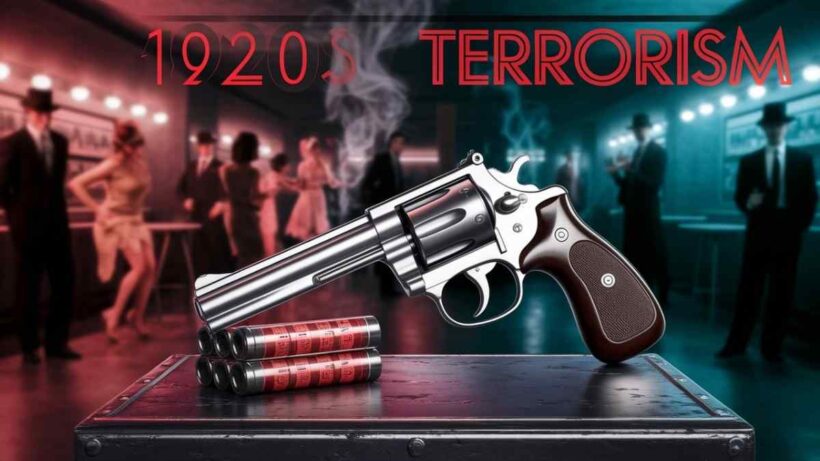



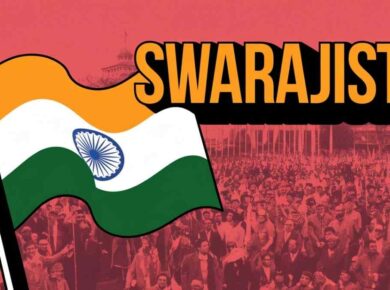
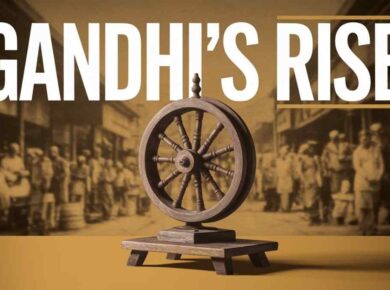
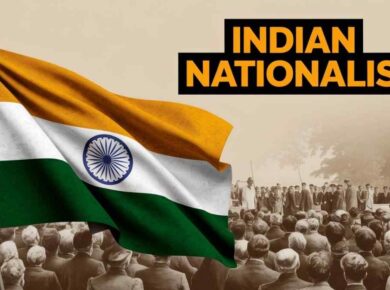
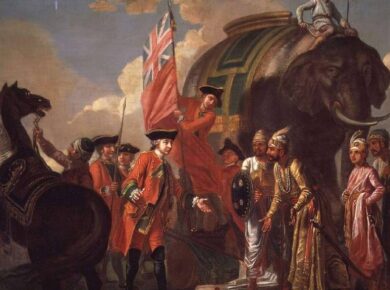
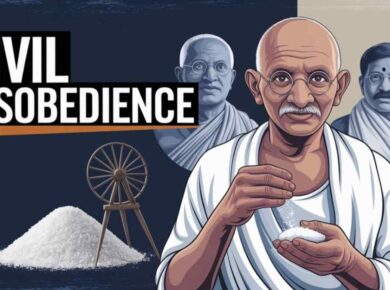
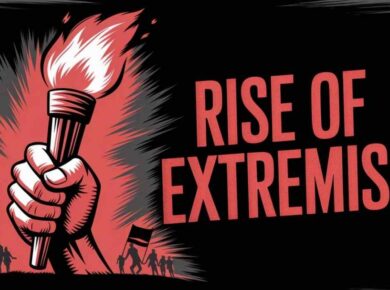

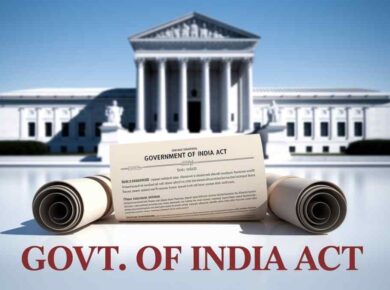
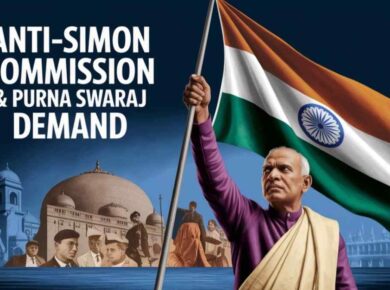
7 comments
thankyou very much to share the knowledge.
before seventies decade terrorism word consider for extreemist action .
For god sake please dont use the word terrorist ….they are heroes…no doubt this website is helping many but try to understand ….no foreighner is reading this.. we the indians only reading this, so please its a request…. and that rajiv ahir i will show him my kicks and belts
Revolutionary terrorism….really?? Stop idolizing Rajiv Ahir’s book and collect information from other sources as well. Pathetic
Rajiv Ahir’s book …..who is that asss …..i want to kill him..for sure……
Thankyou Team
very useful as a revision notes…thank you very much